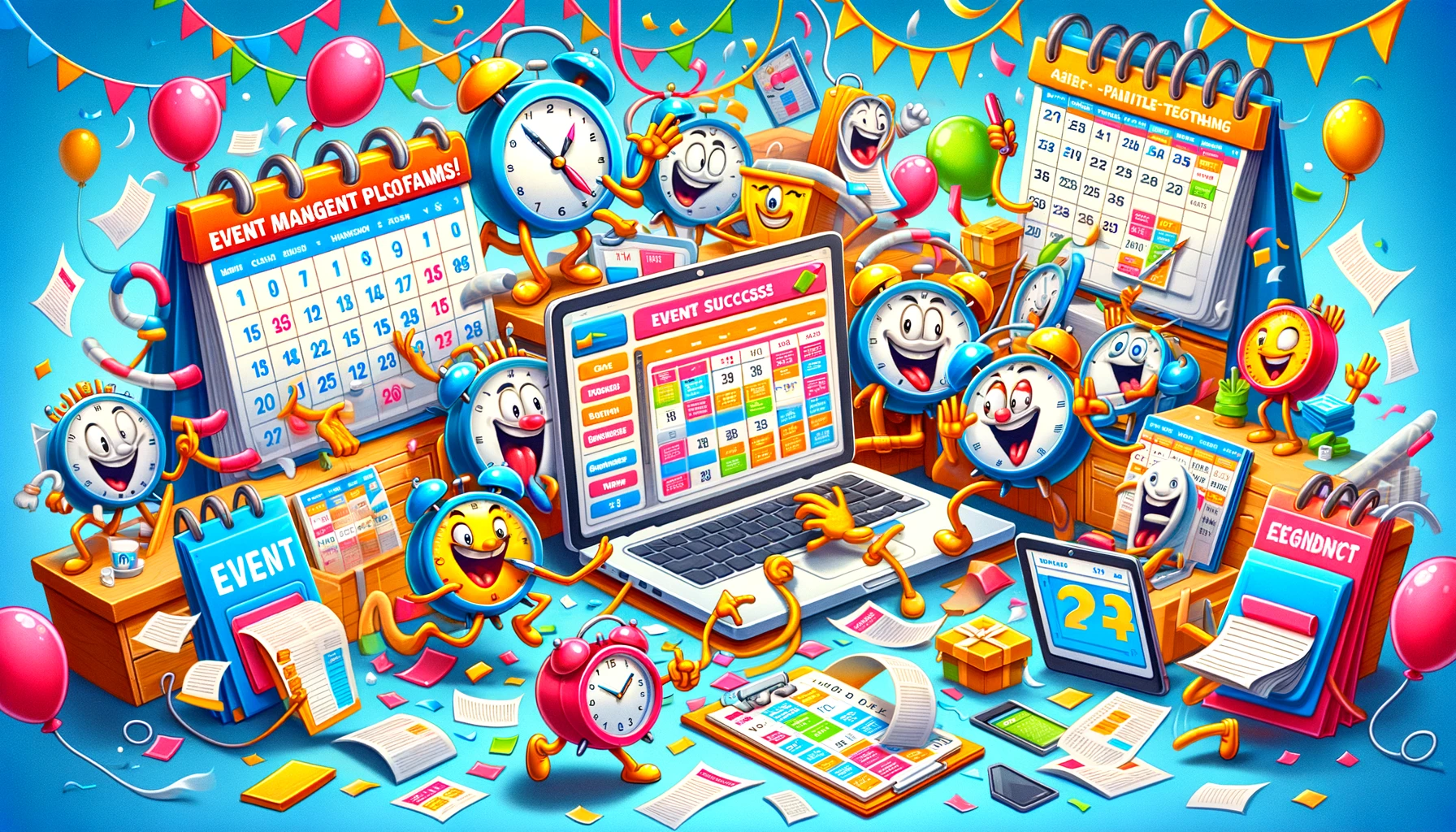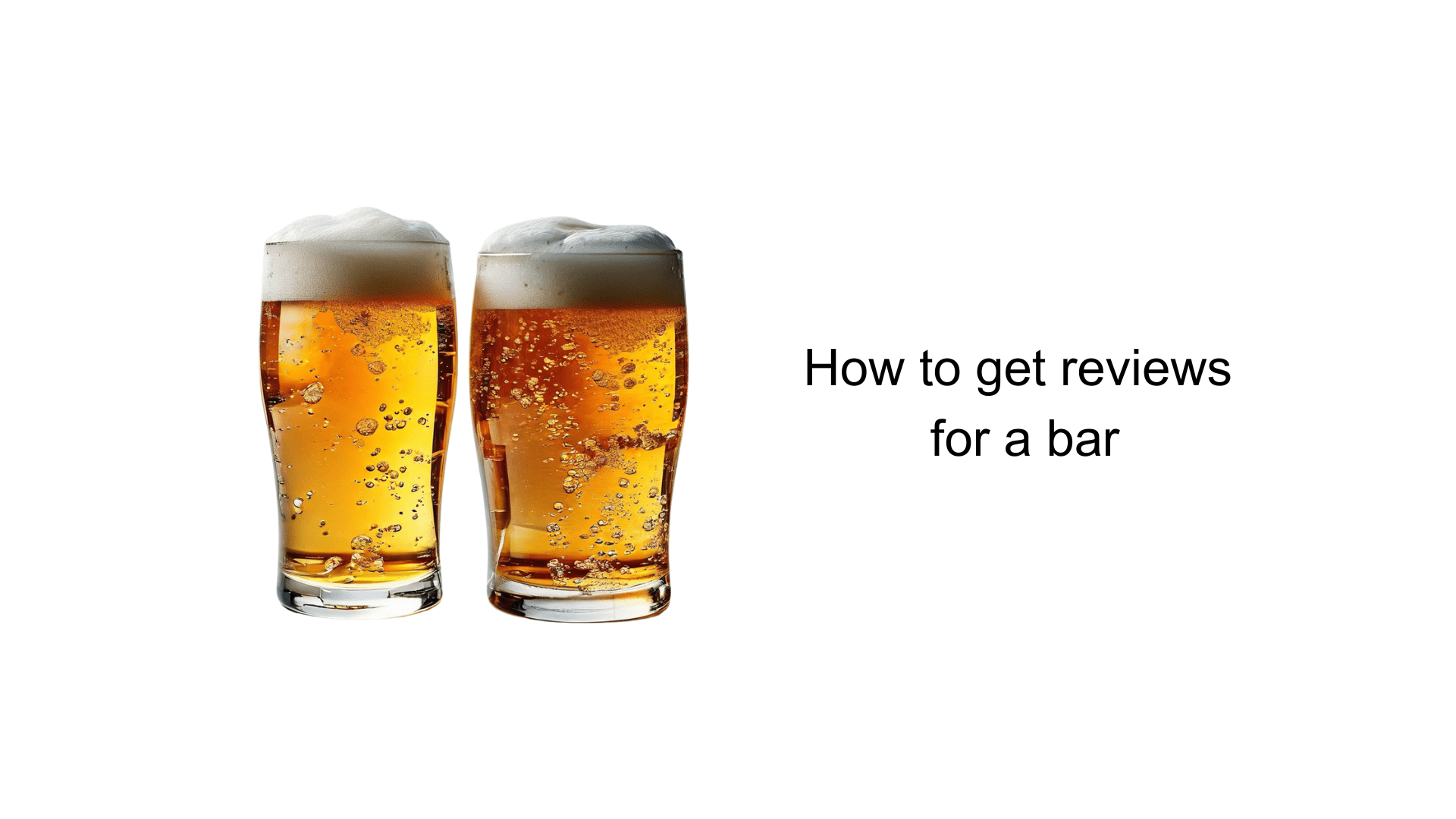Reviews for gamification software services and analysis of user reviews about your competitors

It is a little difficult to decide what to call the three feedback options. We went with Excellent, Good, and Poor, but it feels like “Good” brings down scores a lot.
I do like the simplicity of just three options, but sometimes think it might be too simple.
Real review to a real gamification software service
Too easy to skip through stuff and not actually do it.
Real review to a real gamification software service
While the platform is the same and the “What I like best” comments are still valid, at this point, you also have to consider C– S–, which used to include a CSM whom you would meet with at least once a month. This is now a paid service.
If you opt out of a managed services plan and need support, you have to utilize their AI chatbot, and if you are still having issues, you then submit a support ticket after using the AI chatbot. Before the acquisition, my support tickets were completed within 24 hours.
I have a ticket right now for a simple email update that is going on for 4 business days.
All of the support and managed services have been outsourced through a 3rd company (Crossover) that sits under the ESW umbrella. They allege that they have 24-hour support, but I have only been receiving messages at 11pm PST.
When I reply, I am waiting another day for the response or next question.
Research more on ESW, T– and the CEO L–. In a F– article it is stated that “Crossover is running the cloud equivalent of a software sweatshop”. L–‘s goal is to turn his “workers” into algorithms and human CPUs.
If you are looking to purchase Influitive for the first time, I caution you. Reach out to other users, there is a L– G– and many fellow Community and Customer Marketers are on various S– G–.
Real review to a real gamification software service
There is a problem doing polls with complex answers, but nothing important.
Real review to a real gamification software service
slow and unhelpful support team. the support team doesn’t want to provide precise answers to the customer and ask the customer to find the answer on the website, even if answers to the question are not written on the website.
the support team ignores the question and constantly direct the client to the website without any further assistance
Real review to a real gamification software service
In the burgeoning field of gamification software, the race to captivate and maintain user engagement is intense. As businesses increasingly adopt gamification strategies to enhance productivity, customer engagement, and learning outcomes, it’s crucial to understand where others falter.
Analyzing customer reviews reveals recurring issues in competitor platforms. This article explores these pitfalls and provides targeted strategies to help your gamification software stand out by delivering superior user experiences.
Overemphasis on competitive elements
What competitors get wrong: Competitors often make the mistake of focusing too heavily on competitive aspects, such as leaderboards and points systems, which can demotivate users who consistently find themselves at the bottom of rankings.
How to do it better: While competition can drive engagement, balance is key. Introduce collaborative elements where users can work together to achieve common goals, alongside competitive features.
This approach not only caters to a broader audience but also fosters a community spirit, potentially increasing overall user participation and satisfaction.
Lack of meaningful rewards
What competitors get wrong: A frequent complaint about competitor gamification platforms is the insignificance of the rewards. Users feel unmotivated when the rewards do not hold real value or relevance to their personal or professional goals.
How to do it better: To bypass this error, ensure that your platform allows clients to customize and offer meaningful rewards. Whether it’s redeemable points towards services, special recognition features, or tangible prizes, rewards should align with users’ values and aspirations.
Providing options for personalized rewards can greatly enhance the effectiveness of your gamification strategy.
Poor integration capabilities
What competitors get wrong: Users often criticize competitor software for its inability to integrate seamlessly with other systems they use regularly, such as enterprise resource planning (ERP) systems or learning management systems (LMS).
How to do it better: Develop and refine APIs that ensure easy, reliable integration with a wide range of software. This flexibility allows clients to embed gamification organically into their existing digital environments, enhancing user adoption rates and minimizing friction during the integration process.
Complex user interface
What competitors get wrong: Another common issue is that gamification platforms can sometimes be too complex or unintuitive, discouraging users from engaging fully with the software.
How to do it better: Focus on a clean, user-friendly interface that simplifies interaction without sacrificing the depth of gamification features. Employ UX designers to regularly update the interface based on user feedback and usability testing, ensuring that your software remains accessible to users of all tech-savviness levels.
Inadequate customization options
What competitors get wrong: Competitors often offer rigid gamification frameworks that do not adapt well to the unique needs of different businesses or user demographics.
How to do it better: Your software should offer extensive customization options that allow clients to tailor gamification elements to fit their specific organizational culture and goals. From adjusting the difficulty levels of challenges to customizing how achievements are recognized, flexibility will be a key differentiator.
Neglecting user feedback
What competitors get wrong: Many competitors fail to evolve their platforms, ignoring user feedback on features and functionalities. This oversight can stifle the platform’s relevance and effectiveness over time.
How to do it better: Implement mechanisms for collecting and analyzing user feedback continuously. Use this data to drive iterative improvements and introduce new features that address users’ needs and preferences.
Actively engaging with the user community not only enhances the software but also builds loyalty and trust among your clientele.
Conclusion
Avoiding the mistakes made by competitors in the gamification software industry involves a strategic focus on user-friendly design, meaningful engagement strategies, flexible customization, seamless integration, and ongoing user-centered improvements.
By understanding and addressing these common complaints, you can position your gamification software as the go-to solution that meets and exceeds both client and user expectations, ensuring long-term success and sustainability in the competitive market.
Is this what you expect to see at the end of the article? No!
Oh, steer clear of the blunders your rivals have been bumbling through in the gamification software industry? Genius!
Who would’ve thought that focusing on user-friendly design could possibly be beneficial? It’s not as if every gamification software on the market isn’t tripping over itself to claim they’re the most user-friendly already.
And meaningful engagement strategies? Stop, my sides are splitting!
This whole time, other software has been engaging users with as much depth as a puddle in the Sahara.
You’re truly onto something with the whole “meaningful” angle. Revolutionary!
Then, there’s flexible customization—because you know, everyone else loves rigid systems that don’t adapt. You must be the first to realize that customization could be a selling point! Add “seamless integration” to the mix, and you’re basically a magician.
It’s unheard of for software to actually work well with other systems. You’ll be the first, no doubt.
And let’s not forget the pièce de résistance: ongoing, user-centered improvements. I mean, how avant-garde to actually update and improve your software based on user feedback.
Surely, no one else has tapped into the radical idea of listening to their customers.
By addressing these groundbreaking concepts, you’re not just positioning your software as the go-to solution—you’re basically reinventing the wheel in an industry that’s clearly just been doodling in the margins till now.
Bravo on anticipating such wildly unconventional ideas! Watch as the rest of the market quakes in their boots!
Conclusions?
Don’t worry and turn to GINIX review management service. We will make reviews a reliable source of your business growth.
We’ll increase the number of reviews about your business on autopilot! You can order monitoring and analysis, handling of negative reviews, or the appearance of new reviews – either one or all together.
Have a great day!

 7 min
7 min 







